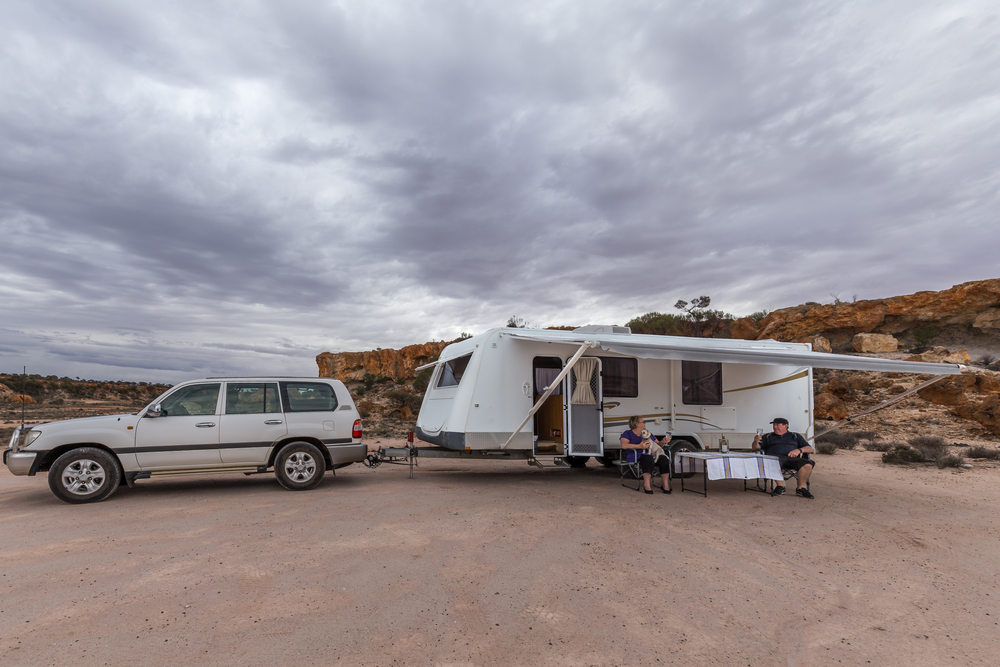Energy storage sites in NSW, Queensland and South Australia are poised to play a critical role in the national electricity market, a developer says.
Rok Solid founder and chief executive Daniel Moroko pitched the 1.5 gigawatt portfolio of six prime sites on Tuesday at an industry conference in Brisbane amid increasing pressure to meet times of peak energy demand.
The renewable energy land broker said the sites would help to lower energy bills and play a critical role in maintaining the security and reliability of the network as more renewable generation comes online.
Clean Energy Council chief executive Kane Thornton said bulking up on renewable energy and big batteries made sense, and dismissed nuclear as an “uneconomic technology” for Australia.
Energy storage, coupled with large-scale renewable energy, was the fastest and cheapest way to meet consumer demand as the exit of coal generation accelerated, according to the peak body’s report launched at the two-day conference.
“Where better to be than the Sunshine State, where we are well on course to become a renewable energy superpower,” Mr Thornton said.
Further, achieving net zero by 2050 was inconsistent with developing new gas fields, so it was unclear where additional gas for gas-fired electricity generation would come from.
Underlying pipeline and gas supply constraints, forecast by the Australian Energy Market Operator, were also expected to limit the fossil fuel’s viability in the long term.
Using various energy storage technologies alongside pumped hydro and the lithium-based big battery “success story” could keep costs down and support supply as renewables take over the electricity grid, the report found.
Amid sluggish progress, the Capacity Investment Scheme has been set up by the federal government to encourage new renewable energy projects, including battery storage, to hit the target of 82 per cent renewable electricity by 2030.
Policy expert Christiaan Zuur said emerging forms of alternative long-duration energy storage, or ALDES, could support reliability by carrying significant volumes of stored energy over long periods of time.
“These substantial energy reserves are key to replacing coal generation as it exits the system,” he said.
Storing more energy could counteract periodic “wind droughts”, such as those that hit Australia’s southern states over the past month.
Using a variety of storage could also deal with shortfalls known as “dunkelflaute”, a German energy insider term used to describe days of winter doldrums when wind and solar generation are below par.
Redox flow batteries (RFBs), invented in Australia, are emerging as a key contender with vanadium RFBs the best known.
Capable of storing and discharging energy over a 12 to 18-hour period rather than existing two-to-four hours from existing big batteries, the non-flammable technology also has a safety profile that suits areas rich in household rooftop solar.
Australia has the world’s second-biggest deposits of vanadium after China, and various projects are underway to build up a sovereign supply chain.
Zinc-bromine flow batteries have also been trialled, including in a project involving energy storage company Redflow and the state-owned Energy Queensland.
Marion Rae
(Australian Associated Press)




